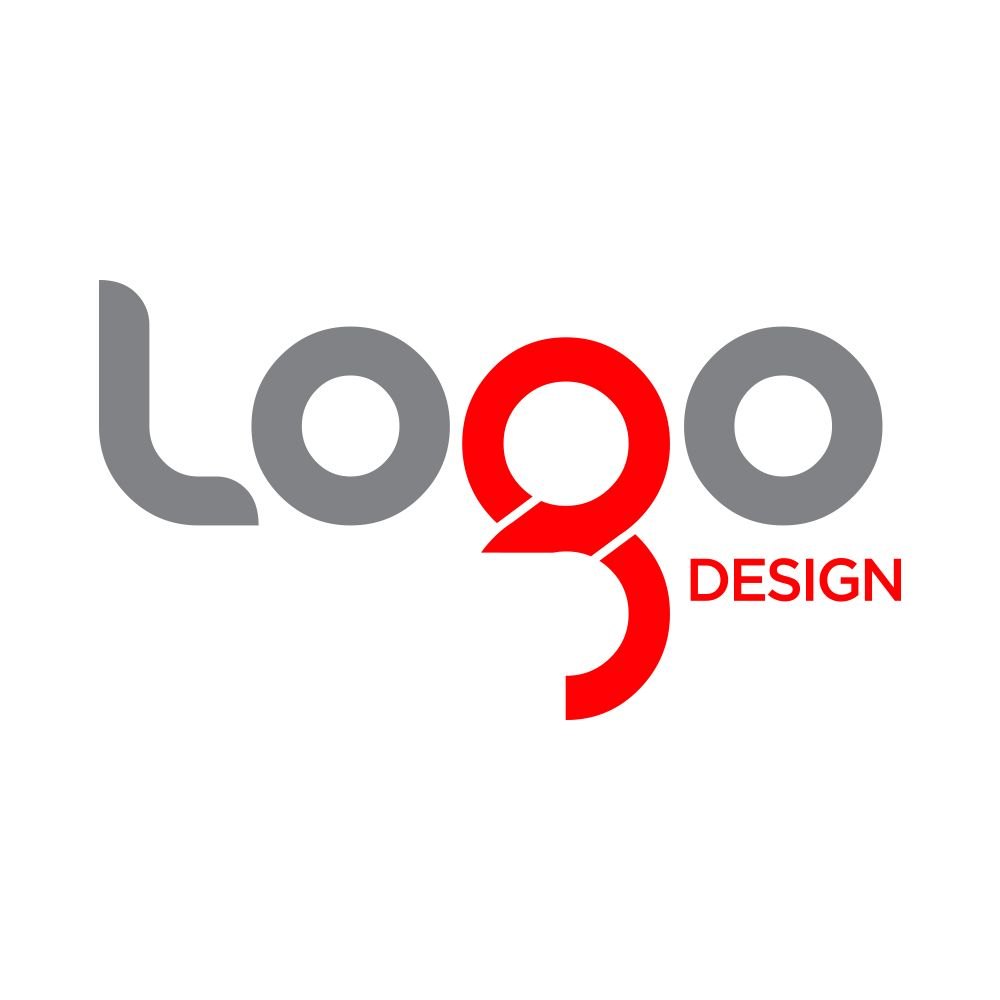Exploring the Wonders of Digital Art

Digital art has become a dynamic and alluring form of artistic expression in today’s quickly changing technology scene. Digital art has earned a special niche in the art world, with works ranging from breathtaking illustrations to hypnotic animations. However, what precisely is digital art?
We will explore the definition, methods, and contemporary significance of digital art in this article as we delve into the intriguing world of this medium.
Understanding Digital Art
What is digital art? It includes a wide range of artistic creations created using digital technology. Contrary to conventional art forms such as canvases, clay, paint, brushes; digital art can be created through using different electronic equipment. This novel medium doesn’t hold back the artist from creating a both visually stunning and inventive work with a little help of technology.
Key Characteristics of Digital Art
Digital art provides artists with unmatched versatility, allowing them to explore with a wide range of styles, mediums, and techniques. The options are essentially endless, whether it’s creating hyper-realistic computer paintings or abstract digital sculptures.
Interactivity: The possibility for interactivity in digital art is one of its most alluring features. The act of viewing art can be made interactive and interesting by artists by developing pieces that react to user input.
Non-Destructive Editing: Digital art enables for non-destructive editing, in contrast to conventional art, where errors can be difficult to correct. Without having to worry about permanently destroying their work, artists can readily undo, improve, or experiment.
Global Accessibility: Because digital art can be shared and accessed online, it is accessible to people everywhere. This accessibility makes it possible for artists to share their works with a global audience, building international artistic communities.
Techniques in Digital Art
“Digital painting” can be defined as using digital technologies in order to produce paintings which resemble traditional techniques. Artists have many options of colors, textures and virtual brushes to choose from.
Vector art is created using geometric shapes and lines and may be scaled up or down without losing quality. Illustrations, icons, and logos frequently use this method of creation.
Artists with expertise in 3D modeling may create scenes and objects in three dimensions. This method is used in a variety of fields, including as animation, video games, and architectural visualization.
Digital artists can edit and mix images to produce bizarre and alluring compositions through the process of photo manipulation. The distinction between reality and imagination is muddled by this method.
The Significance of Digital Art
Innovation and experimentation: Digital art inspires creators to test the limits and discover uncharted territory. Because it’s so simple to experiment, artists may constantly improve their methods and aesthetics.
Collaboration and Connectivity: Social media and online platforms have completely changed how artists cooperate and connect. Digital art communities give artists a place to exchange ideas, solicit criticism, and work together on projects.
Unlike conventional art which deteriorates over time, digital art is easily saved and duplicated. This allows the work to be preserved over generations.
Commercial viability: Due to its versatility, digital art is frequently used in professional settings. Digital art is crucial to the modern marketing and entertainment sectors, from advertising to video game design.
Challenges and Criticisms
Digital art has many advantages, but it also has drawbacks and detractors. Digital art, according to some traditionalists, lacks the tactile and emotional richness of conventional mediums. The simplicity of digital replication can also give rise to worries about copyright violations and illegal reproduction.
NFTs, Metaverse and Web 3
With the introduction of Non-Fungible Tokens (NFTs), the rise of the metaverse, and the transition to Web 3, the art world has recently experienced a paradigm change. The way that digital art is purchased and sold has been transformed by NFTs, which give artists a way to authenticate and make money off of their works via blockchain technology.
Digital artists are now able to present their work in immersive ways in the metaverse, a virtual world where users can interact and connect with digital settings and experiences. The concepts of Web 3, an internet development that promotes decentralization, user ownership, and interoperability, are in line with this convergence, giving artists more control over their digital art while enabling them to participate in the dynamic and linked digital landscape.
The Future of Digital Art
The symbiotic relationship between human creativity and technical growth is attested to by digital art. Whether it’s through intricate digital paintings, captivating animations, or innovative installations, digital art continues to captivate people everywhere. In terms of artistic expression, a new era has begun with digital arts’ adaptability and accessibility.
The revolutionary potential of it can also not be overlooked. The possibilities of digital art will expand along with technology, delivering even more breath-taking breakthroughs in the field of the arts.
Photo Credit: “MORI Building DIGITAL ART MUSEUM: EPSON teamLab Borderless” by Dick Thomas Johnson.






